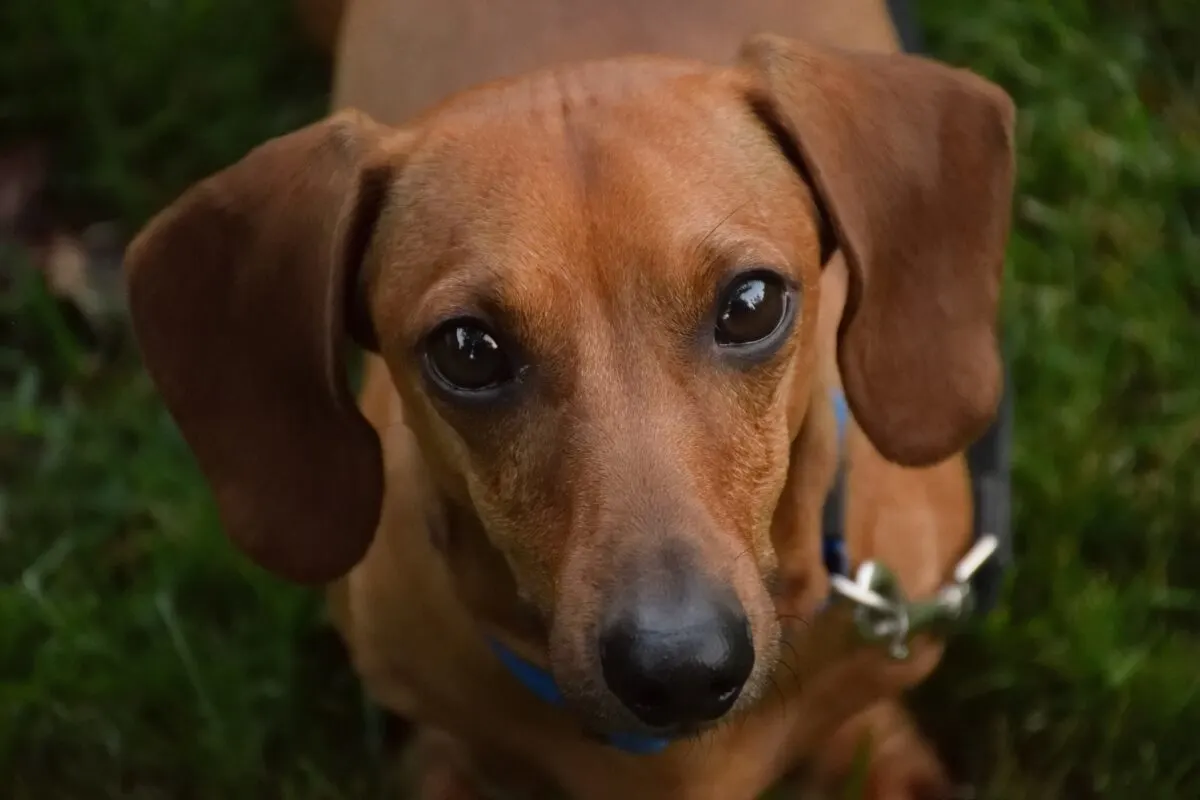The Dachshund is a scent-hound dog originally developed to track and kill badgers, rabbits, and foxes. Hunters used Dachshund packs to track down wild boar. These days, they are highly valued as companions, show dogs, and small-game hunting dogs.
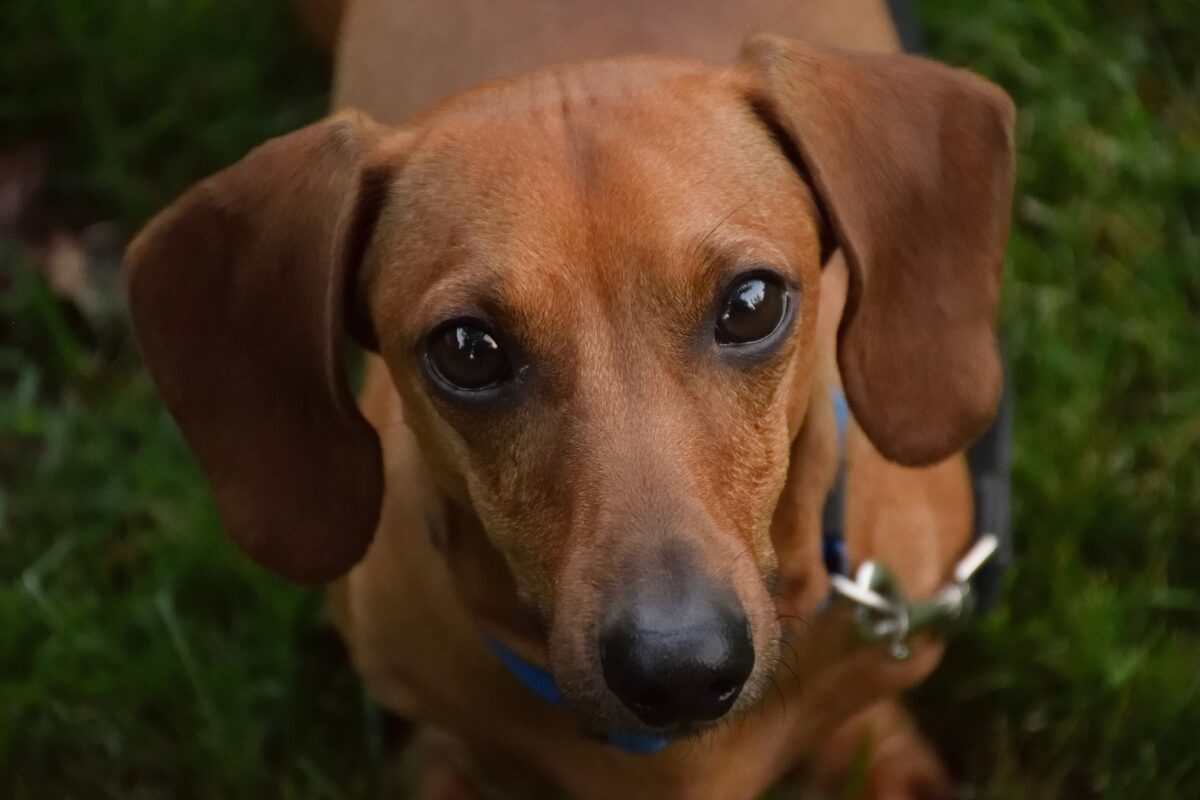
The Wiener Dog, Sausage Dog, or Doxie, among many other names, may be more familiar to you. This small dog is perfect if you want an active companion who will shower you with love.
Remember that health problems can affect dogs of any breed at any time, although some dogs are more prone to certain diseases than others. In this article, we will outline some of the health issues this specific breed is more predisposed to. In this way, it is possible to be better prepared to provide for your dog’s health care needs. A solid pet insurance policy is also highly recommended. Likewise, we will discuss this dog’s temperament and requirements in further detail.
Fast Facts About the Dachshund
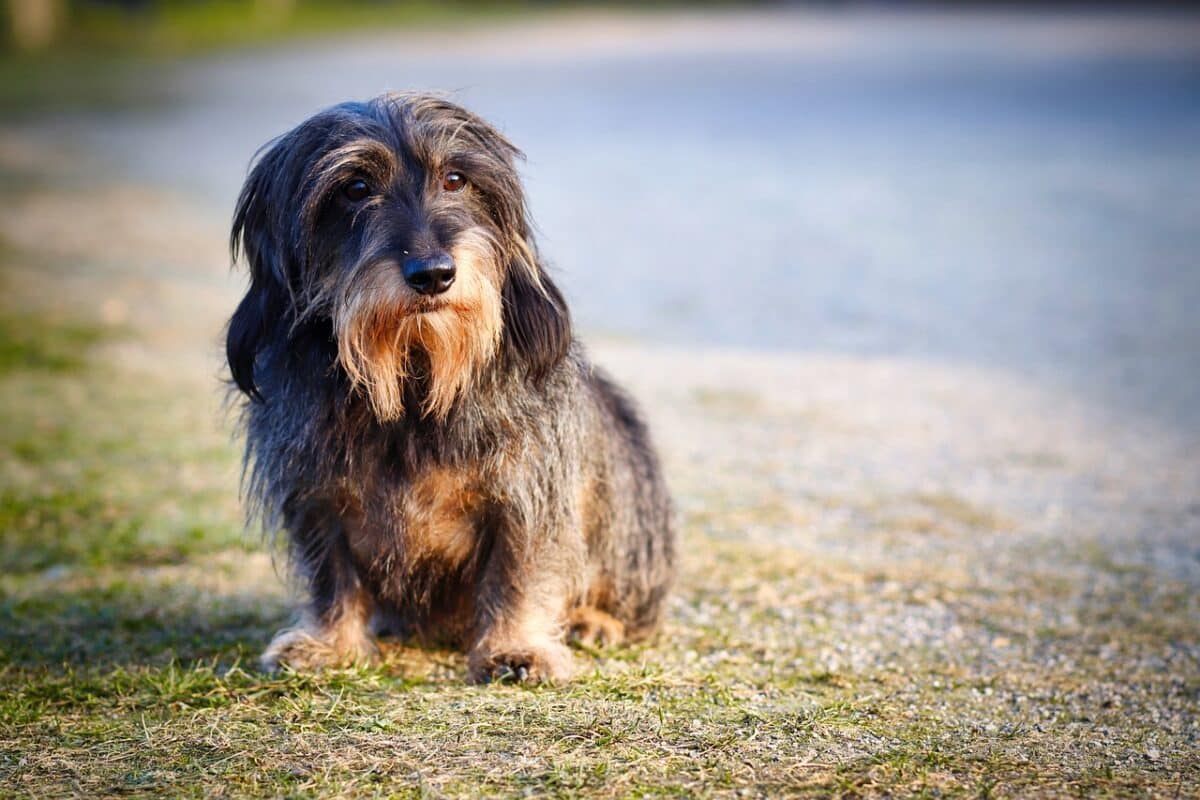
- Origin: Germany
- Breed Group: Hound
- Height: 5–6 inches
- Weight: miniature: up to 11 pounds; standard: 16–32 pounds
- Life Span: 12–16 years
Appearance
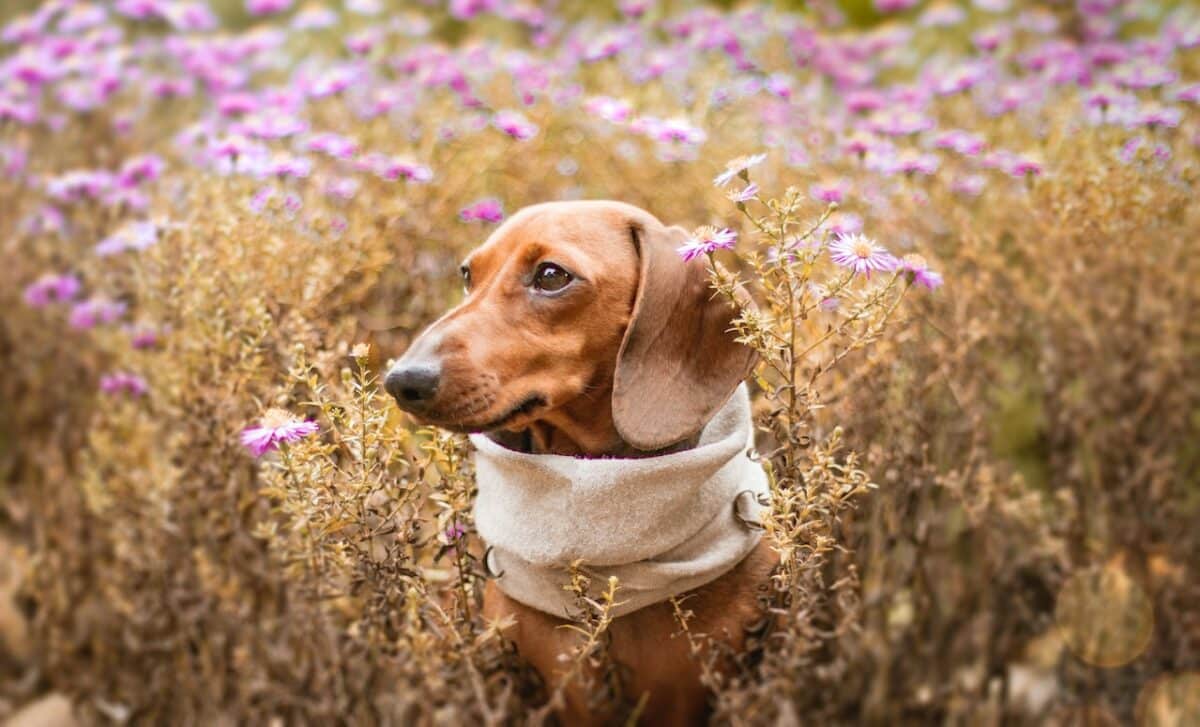
Dachshunds come in many colors, including solid black, fawn, chocolate, red, blue, and cream. Brendle, piebald, double dapple, brindle piebald, and sable are also all possible coat patterns for dachshunds. They also come in a variety of coats. Smooth, long, short, or wiry hair textures are all conceivable in the Dachshund breed.
A fascinating yet surprising fact is that their temperaments vary depending on the coat features. Due to their terrier ancestry, wire-haired Dachshunds tend to be noisier and more excitable than their long-haired cousins. Smooth-coated dachshunds are often moderate in temperament.
The Dachshund is a famous and widely known dog due to his distinctive long, low profile, alert appearance, and outgoing, lively nature. There are two different-sized Dachshunds and three different coat kinds, each with its own set of colors and patterns. The word “icon” is used much too often, yet the Dachshund, with his distinctive long-backed physique, small legs, and large personality, is an undeniable emblem of the purebred canine world.
Both standard- and miniature-sized Dachshunds exist (11 pounds or under.) Despite their short legs, Dachshunds are up for any challenge. However, they are not suited for long-distance running, high jumps, or vigorous swimming. Their intelligence, vigilance, and intimidating bark make them excellent guard dogs. Bred to be solitary hunters of dangerous game, they can be courageous to the point of impulsiveness and a bit stubborn. Still, their lovable attitude and distinctive appearance have earned the hearts of millions worldwide.
Nature and Temperament

Apartment living is ideal for Dachshunds. They are too small to require a backyard, but they do like to take walks in the fresh air. To keep your Dachshund happy, ensure they get plenty of opportunities to run after and retrieve objects.
Dachshunds adore their human families and will be devastated if they are ever separated. It’s possible that your dog will have a harder time adjusting to your absence and will resort to destructive chewing as a coping mechanism. A kennel or dog hotel is an option for when you must leave your dog behind while you travel.
Aggressiveness toward strangers and other dogs is common among tiny breeds, and a particularly loud bark might hamper training. Dachshunds are more susceptible to biting their owners than other dogs, so families with very young children should only have one if they are committed to continuous training and regular socializing.
There must be a good reason why these dogs are so well-liked.
Dachshunds are lovable and popular pets because of their friendly demeanor, but they also have a reputation for being headstrong and prone to mischief. When it comes to housebreaking and obedience training, they aren’t the best. You might wish to hire a trainer to get your dog to behave or enroll in a puppy class as soon as possible.
Diet
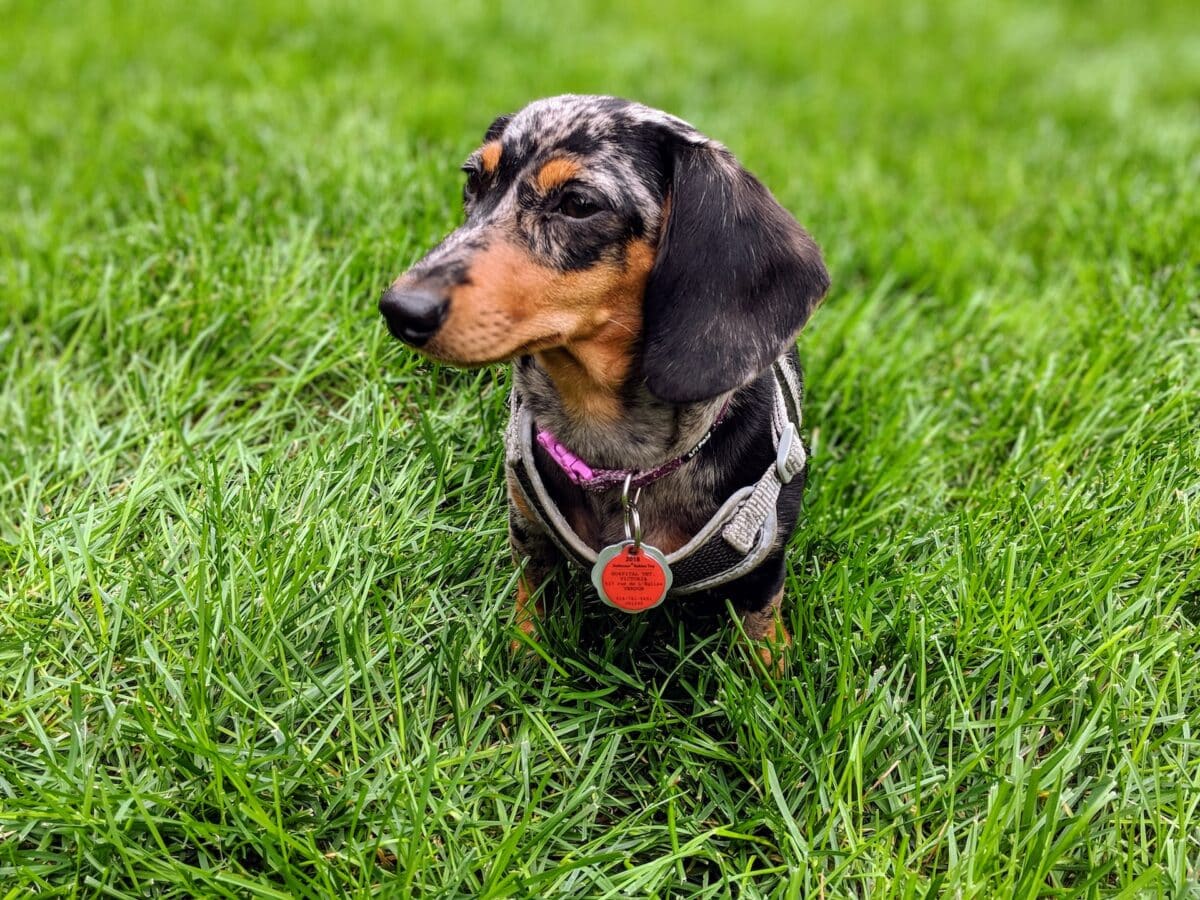
Give your Dachshund only the best food. Diets high in calcium and omega-3 and omega-6 fatty acids benefit these canines. Veterinarians often recommend dachshunds dry kibble. Kibble is healthier than semi-moist and canned food because it contains less sugar and fat. Also, the nutrients it provides typically top those of even semi-moist foods.
You shouldn’t give your dachshund table scraps or table meat. Limit their access to treats and ensure they get enough gentle exercise. The objective is to assist him in achieving and maintaining a healthy weight through portion management. Obesity is unhealthy in any dog, but for dachshunds it is especially detrimental as their disproportionally lengthy backs are already under a lot of stress. Always follow the serving suggestions on the bag of dog food you buy.
You will need to divide the total quantity by the number of times you plan to feed your furry companion. Feeding twice a day is typically advised. Your pet’s dietary needs can be assessed by your vet, who can then recommend an appropriate daily amount of food. Remember that your dog’s calorie needs will vary based on their health, metabolism, age, temperament, and amount of exercise.
Mating and Life Cycle

Female small dachshunds typically experience their first heat cycle between six and eight months, and subsequent cycles occur roughly every six months. Beginning with proestrus, the menstrual cycle lasts for 18-21 days. The small enlargement of the vulva and red discharge are telltale signs of proestrus, which usually lasts around nine days.
When a female Dachshund enters her estrous cycle, her vulva swells even more, and her discharge lessens and lightens in color. Diestrus, a period during which the vulva shrinks back to its original size and the discharge turns a redder color, begins after around four days. When the dog’s discharge finally stops, her heat cycle is over, and she goes into anestrus until the next one.
As early as 5 or 6 months of age, a male Dachshund will begin to generate sperm, but he won’t be ready to mate until 16 or 18 months of age.
Many owners wait until their dog is 18 months old before mating them with a female, while some do it as soon as 15 months.
Fun Facts and Interesting Features
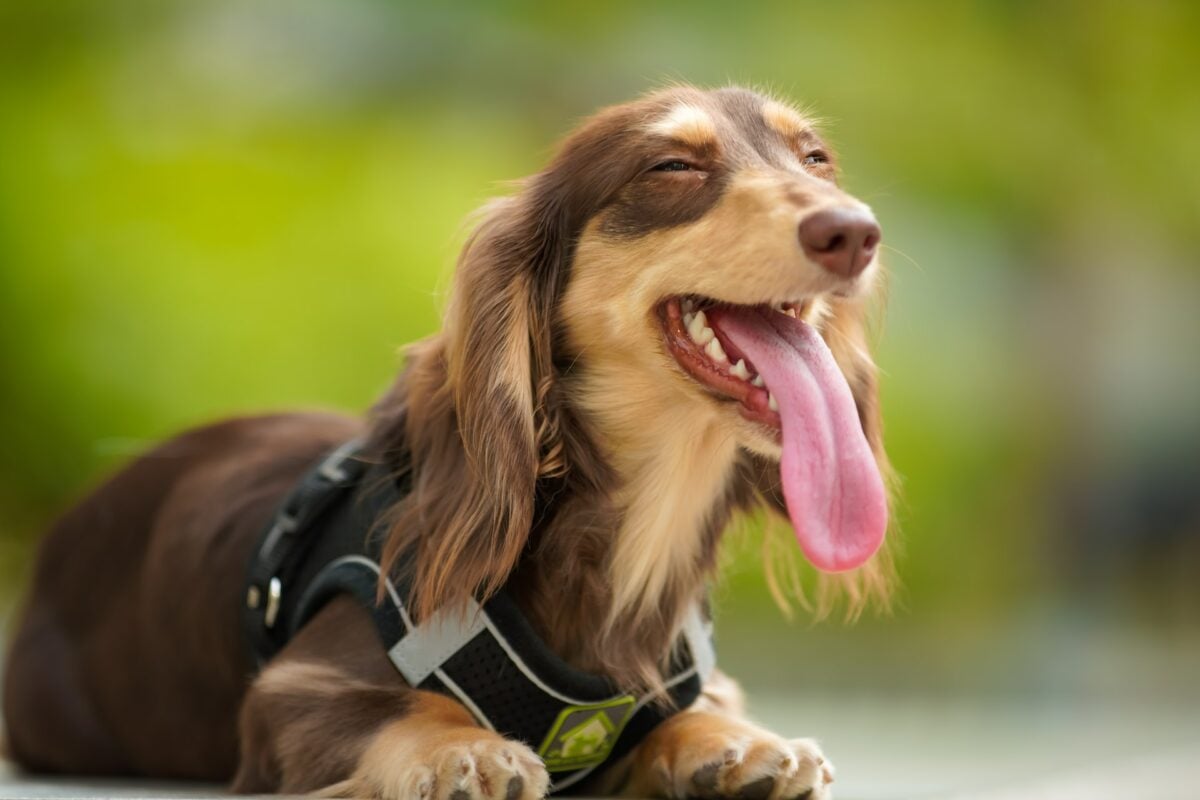
#1 There are only two sizes
The Dachshund is one of many dog breeds bred into two distinct sizes. On average, the Dachshund can weigh up to 35 pounds, as they were originally bred for hunting wild boars and badgers. Miniatures often only reach weights of about 11 pounds or less
#2 Sporting mascot
In Germany, the Dachshund is especially well-liked in the city of Munich. When the 1972 Summer Olympics were held in Munich, a Dachshund named Waldi was selected as the official mascot.
#3 Wide varieties
The Dachshund comes in 15 distinct colors, 6 various marking styles, 3 different coat textures, and 2 different sizes. This makes it one of the most diverse dog breeds in the world. The standard red smooth-coat Dachshund is the most popular in the UK.
FAQs
Dachshunds can be found in a wide range of different colors. There are the traditional colors of red, black, and tan. Some come in a boar color, although this is much less frequnet. Marble, brown and tan, and brindle are just a few more hues available.
The typical lifespan is 10–12 years, but it is not uncommon to meet a centenarian. On the other hand, dogs with bad genetics are unlikely to live past the age of eight. Therefore, a Dachshund with a good genetic disposition can live to be 16 or older with proper care, regular exercise, and a keen interest in life.
With regular and appropriate grooming, wire-haired Dachshunds shed very little. But how much do smooth-coated Dachshunds shed? This is a common inquiry from the general public. Even if the wool is short, it still sheds a fair amount. Whether you will have wool in every nook and cranny or a paltry amount is all up to you and your level of attention to their grooming needs.
Conclusion

Dachshunds are kind and patient with kids and enjoy running and playing with toys. They are both clever, straightforward, and headstrong. However, this calls for the puppy to undergo mandatory training. Once a dachshund puppy turns three months, they can be purchased from a reputable breeder. A reputable breeder will have taken the time to socialize and train the animal, and to ensure that their vaccinations are up to date.
Thank you for reading this article! There are still countless of dog breeds of various sizes and temperaments to uncover. Maybe you feel like getting to know the Toy Poodle or French Bulldog next?
- Escaped Elephant Takes a Walk in Montana - April 17, 2024
- Baby Gorilla Transferred to Foster Parents at Cleveland Zoo - April 17, 2024
- 6 Amazing Facts About 6 Different Dinosaurs - April 17, 2024

